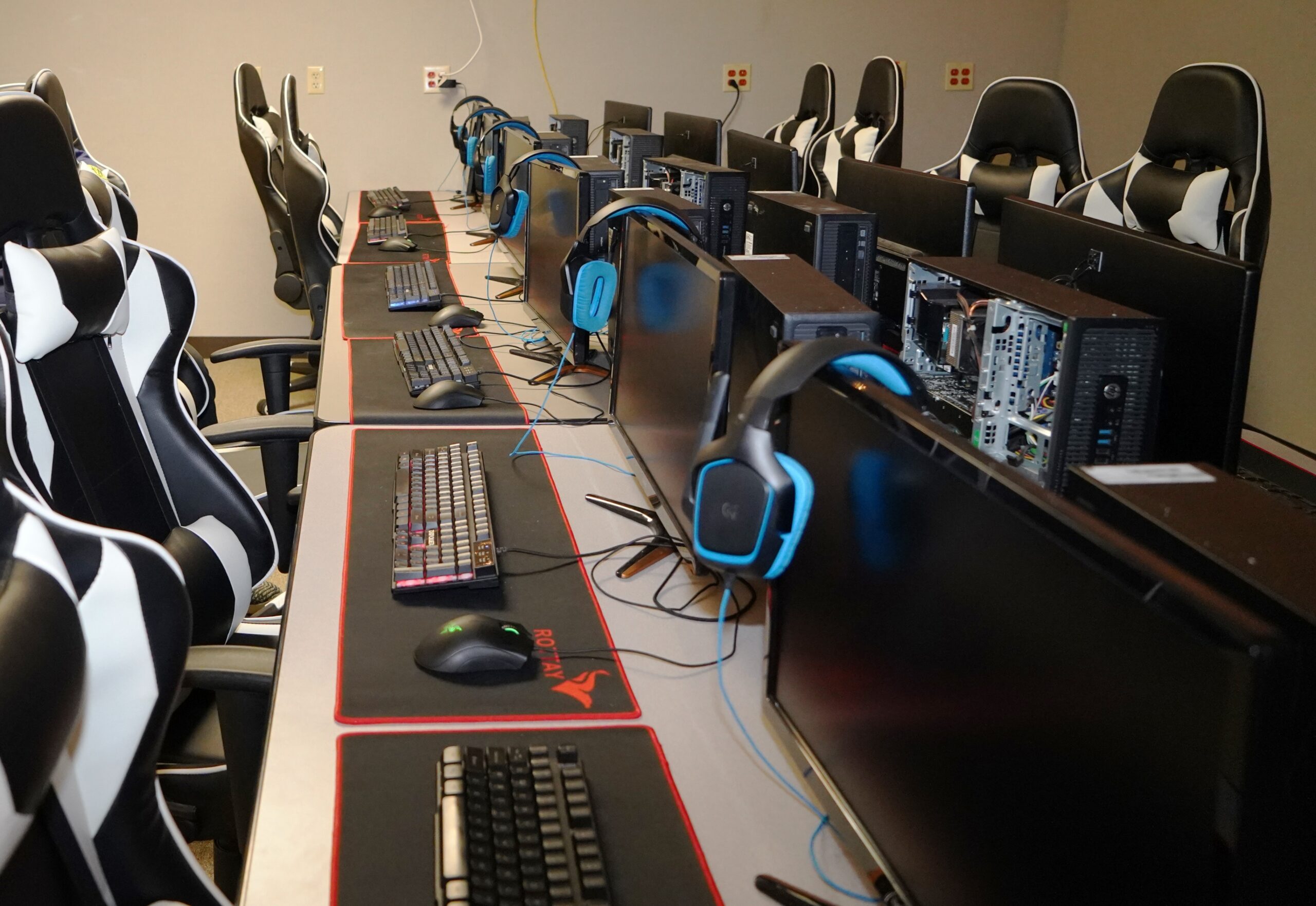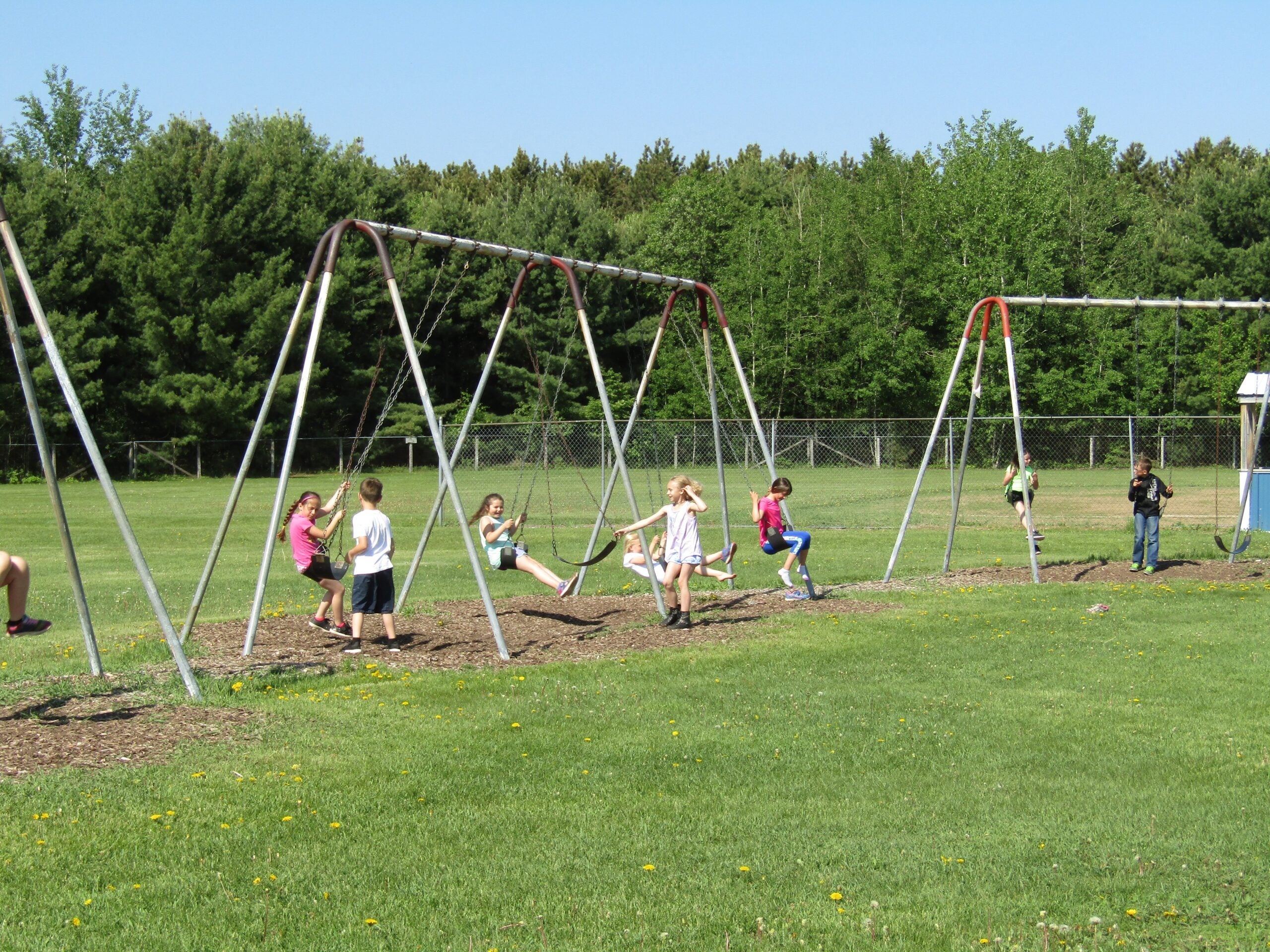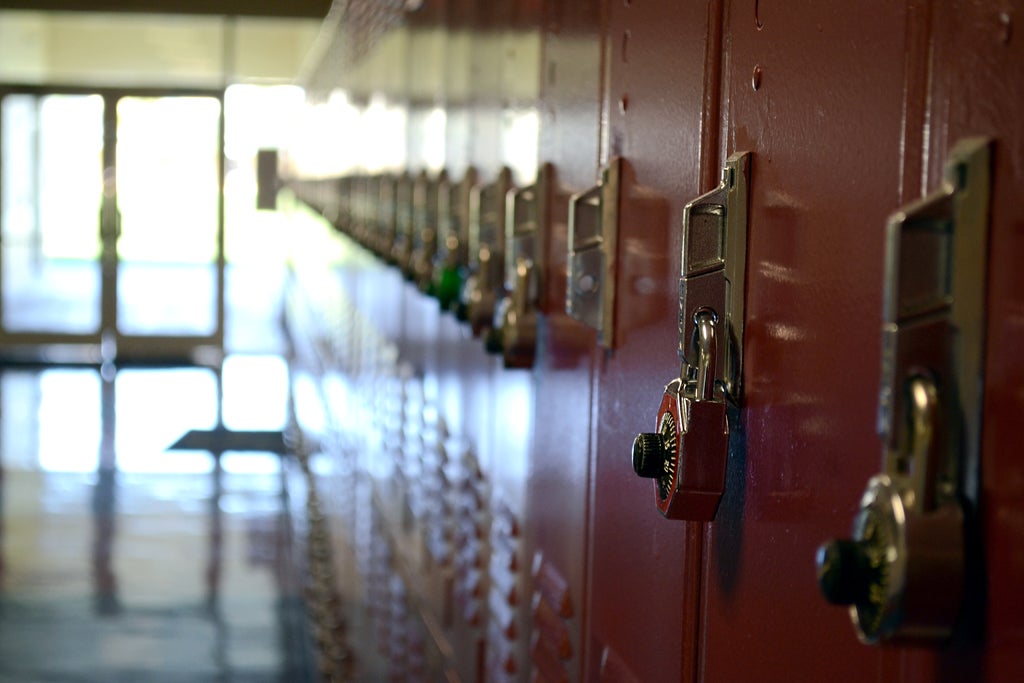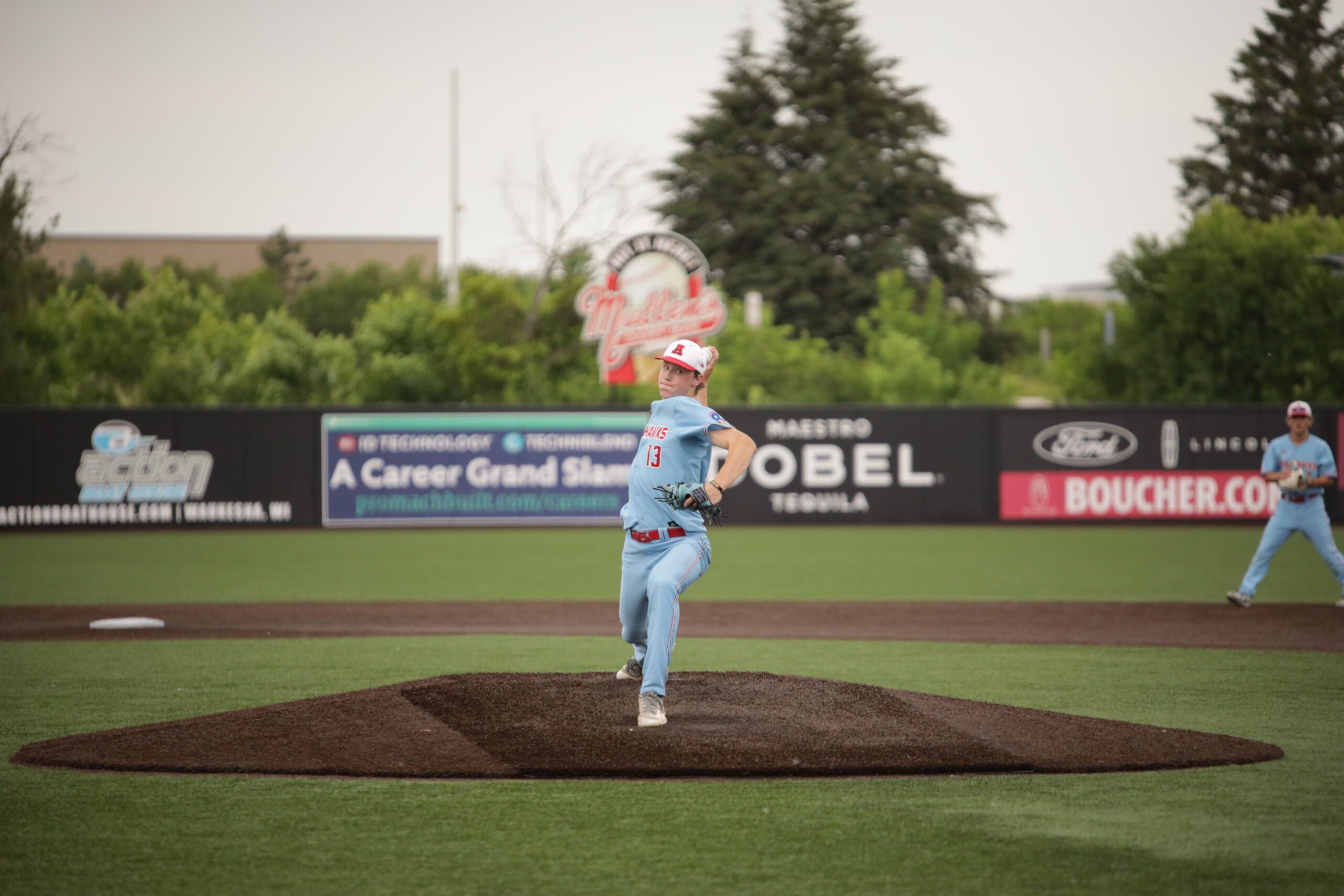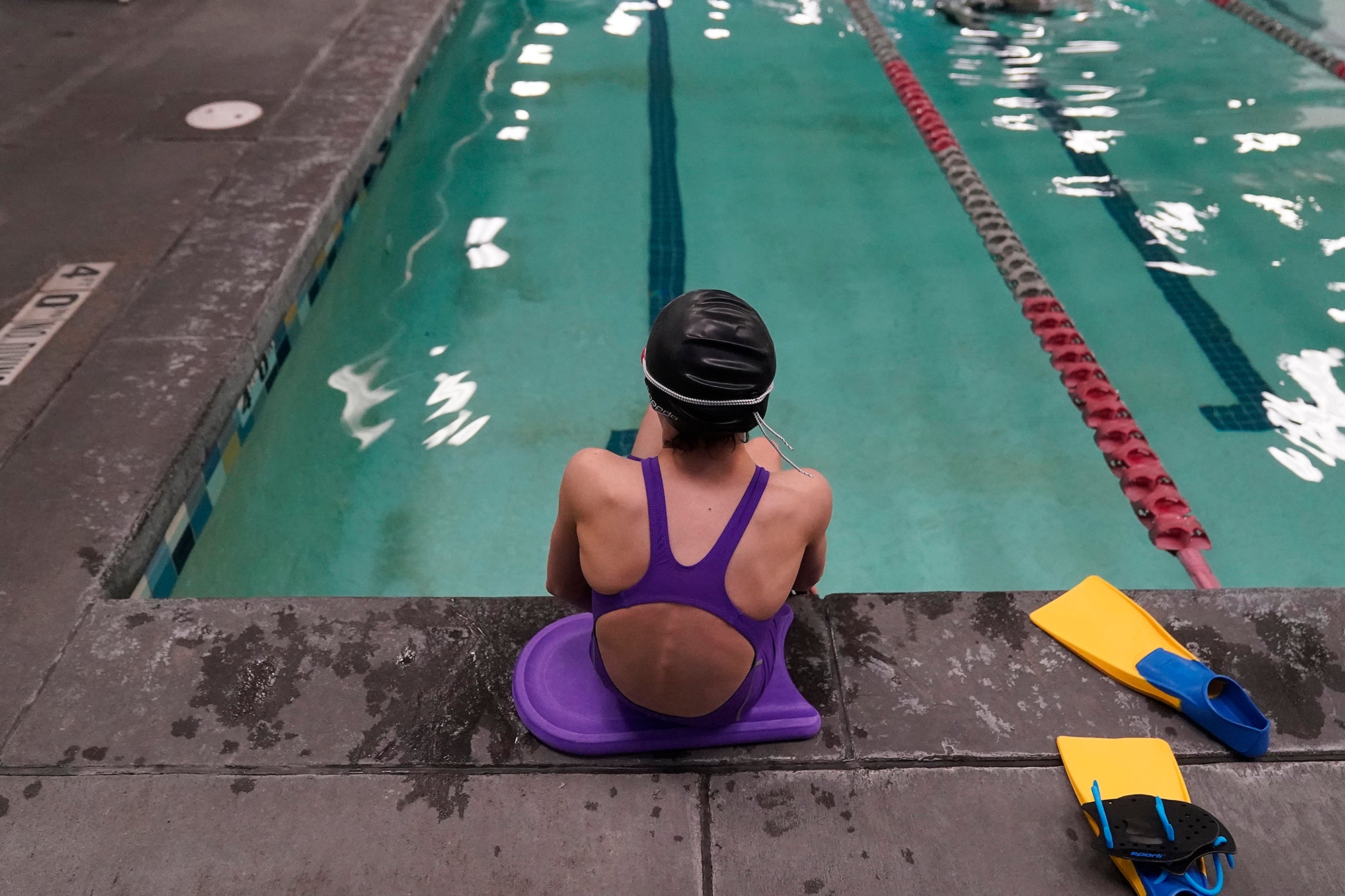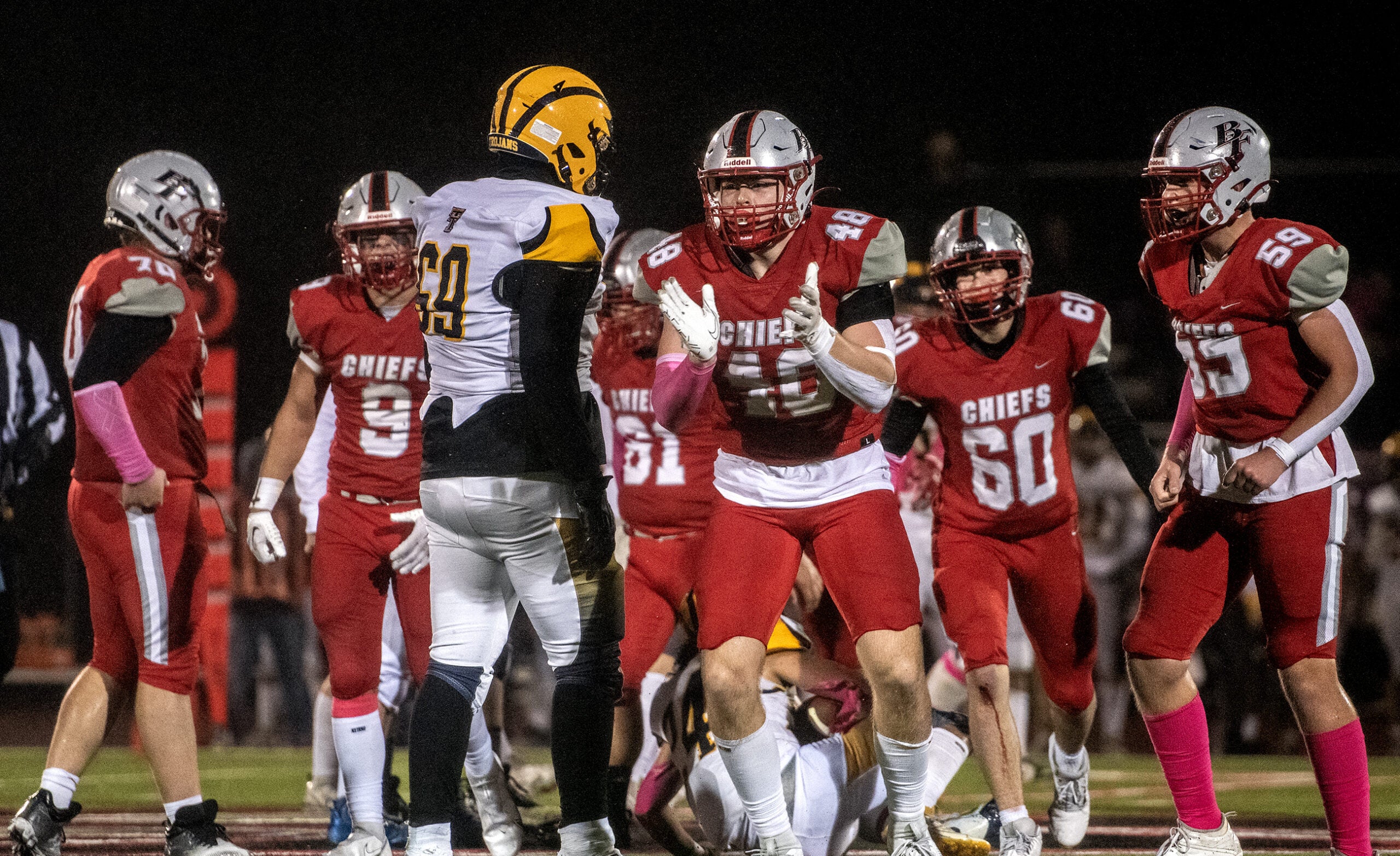No one at Montello High School had received an athletic scholarship since 2000.
Finally during the 2017-18 school year, two students did. They weren’t captains of the football team or all-star softball players — these were the best video gamers.
The next school year, two more students won scholarships for participating in esports — a growing field in extracurricular high school athletics of organized, competitive video game play that pits students against teams from other schools.
News with a little more humanity
WPR’s “Wisconsin Today” newsletter keeps you connected to the state you love without feeling overwhelmed. No paywall. No agenda. No corporate filter.
Montello School District serves fewer than 700 students in an area northeast of Baraboo. For the small district, esports is proving to be a real opportunity, said David Lockstein, information technology director at Montello.
Internationally, esports has ballooned into a multi-billion dollar industry, with professional leagues, brand endorsements, a devoted subculture and niche news websites. The debate rages on about whether esports is actually a sport, with advocates saying it requires the same amount of practice and focus as other sports, and naysayers pointing out deficiencies in encouraging movement and body strengthening.
But Lockstein said scholarship awards for esports lend credence to recognizing the activity as a true sport, and participation in esports has gone up over the past several years.
Bryan Erskine, technology director at the Clinton Community School District — about 10 miles northeast of Beloit — said the first year esports was a multi-district event in Wisconsin, eight schools participated. The second year that number grew to 16. During the 2018-19 school year, 32 schools participated.
Now, at least 80 schools have shown interest in participating, according to the nonprofit Wisconsin High School Esports Association.
“Interest has been huge, and I would expect that growth to continue,” Lockstein said.
At Clinton, students build their own groups of at least four participants and can play in any of the two seasons throughout the school year. Across the state, students play sports game “Rocket League,” first-person shooter game “Overwatch,” fighting game “Super Smash Brothers” and multiplayer online battle game “League of Legends.”
“League of Legends” is a free game, helping to reduce the cost for players. And the games run well on school computers, which negates the added cost of students having to buy their own equipment to play, Erskine said. Adding that the games also encourage communication, teamwork and time management, and differ in the amount of team members required to play.

Tabby Fiedler practices in the esports lab at Montello High School. Photo courtesy of David Lockstein
Tabby Fiedler has been a gamer since she was at least 4 or 5 years old, more recently getting into video games such as “Minecraft” and “World of Warcraft.” Now a junior at Montello High School, she’s been tapped as the varsity team’s main healer for “Overwatch” played during this fall season.
“It can help us meet new people or get people involved in games,” Fiedler said of her school’s decision to participate in esports. “You never know what someone is good at, you build skills and there’s critical thinking involved.”
As a female player, Fiedler is in the minority. There are some boys who are quick to point that out when she ranks higher than they do. They don’t like getting beat by a girl, she said.
“Usually, I just laugh,” Fiedler said of her response to her fellow players. “In a way, it makes me feel proud — like being empowered by not letting it impact me.”
Jerry Petro, an 17-year-old at Montello High School, pointed out that the accessibility of esports — regardless of age, gender or ability — is one of its strengths.
“It’s all hand-eye coordination,” he said. “It doesn’t matter what you’re like. We have middle schoolers who can play on the same level as high schoolers. Age doesn’t matter.“
Esports has also begun bridge gaps between cliques, Erskine said. He’s noticed kids who participate in esports at Clinton encouraging other students to participate in extra curricular activities they might not have otherwise considered.
“We’re getting more participation in other sports because of esports,” Erskine said.
Running counter to some of the misconceptions that students just pop into a computer lab and begin to play without oversight, Erskine runs practice much like a sport. He sets up drills that are built into the games. The teams practice fundamentals, participate in team-building exercises and even play chess to encourage strategizing.

Jerry Petro smiles during esports practice at Montello High School. Photo courtesy of David Lockstein
At Montello, about 40 middle and high school students participate on the team, though a majority of them perform in the background. Some work on broadcasting the games and others work with graphics or computer programming.
Students have to be actively engaged in school, Erskine said. They also need to keep their grades up and their behavior on point, or they risk not being able to play.
There’s implications for the future, too, Lockstein said, because students are learning skills that could tie into careers later on, possibly even in the realm of esports. The job search site Indeed lists more than 800 job openings for esports-related positions in the U.S.
Erskine said despite rising popularity, advocates are still trying to teach the benefits of esports to teachers and community members alike.
“It’s something we hope schools will incorporate,” he said.
Wisconsin Public Radio, © Copyright 2026, Board of Regents of the University of Wisconsin System and Wisconsin Educational Communications Board.
